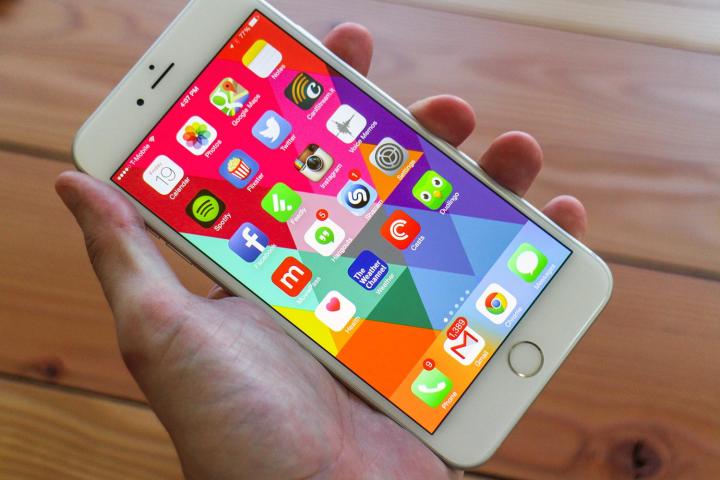
First, a primer on 64 bits. Apple’s iPhone 5S was the first iOS device to include a 64-bit processor, the Apple A7, and the benefits are myriad. Apps recompiled — i.e., made compatible — with the iPhone 5S’s chip see up to a 25 percent performance improvement, and the iPhone 5S processor is about as twice as fast as the iPhone 5 in day-to-day tasks like web browsing.
Apple converted all of its iOS 7 apps, including Safari, Mail, Photos, Maps, and Siri, to 64 bit for the iPhone 5S, but it wasn’t until February 2015 that the iPhone maker required new apps to offer 64-bit support. Existing apps were given until June.
In all, Apple Insider reports that some 187,000 apps could be affected by the mandatory switch to 64-bit processing or about eight percent of all apps on the iTunes App Store. But the real number could be higher — Apple Insider’s source, third-party app tracker Sensor Tower, hasn’t inventoried apps that were submitted prior to the September 2013 launch of the iPhone 5S.
The first iOS 10.3 beta shipped with a message warning that 32-bit apps “will not work with future versions of iOS.” Previously, iOS only cautioned that 32-bit apps might slow down a device.
Apple’s expected to reveal iOS 11 during its Worldwide Developers Conference in June.
It wouldn’t be the first time Apple’s removed non-compliant titles from the app store. In September, it rolled out a new process to identify “problematic” apps that “no longer function as intended.” If a problematic app is found, Apple notifies the developer that the app must be updated within 30 days. If the deadline is not met, the app is removed from the App Store indefinitely.
As a result of the policy, Apple removed 47,300 apps from the App Store — a 238 percent jump from the month before.
Mandatory 64-bit support won’t be the only feature in tow. iOS 10.3 will introduce a breakdown of your iCloud storage usage — you will be able to see exactly how many server-side gigabits of your apps are using. You’ll be able to pull up local weather forecasts in Apple Maps and Find My AirPods will make it easier to locate missing wireless earbuds when they go missing.
The sixth iOS 10.3 beta was released for the iPhone, iPad, and iPod Touch on Tuesday.


